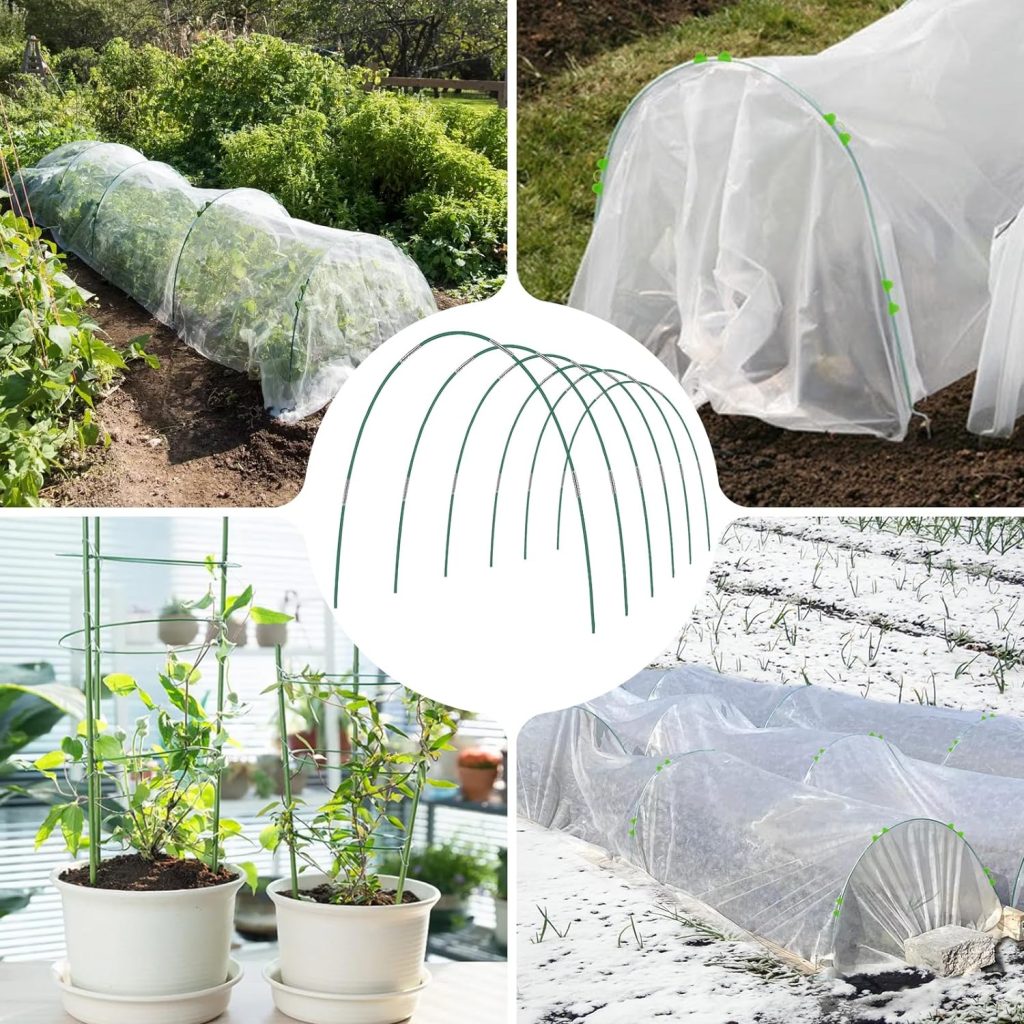Sustainable Garden Infrastructure
Sustainable garden infrastructure design focuses on creating garden spaces that are environmentally friendly, resource-efficient, and resilient.
This approach integrates principles of ecology, conservation, and sustainable resource management to develop gardens that contribute positively to the environment.
By implementing sustainable practices, gardeners can reduce their ecological footprint while fostering biodiversity and creating beautiful, functional outdoor spaces.
Key Principles of Sustainable Garden Infrastructure
- Water Management
- Rainwater Harvesting: Collecting rainwater significantly reduce the need for supplemental irrigation. This water can be stored in barrels or tanks and used during dry periods.
- Drip Irrigation: Installing drip irrigation systems ensures that water is delivered directly to the plant roots, minimizing evaporation and runoff.
- Permeable Surfaces: Using materials like gravel, permeable pavers, or porous concrete for pathways and driveways allows rainwater to infiltrate the soil, reducing runoff and recharging groundwater.
- Soil Health
- Composting: Creating a compost system recycles organic waste into nutrient-rich soil amendments, improving soil structure and fertility.
- Mulching: Applying organic mulch around plants helps retain soil moisture, suppress weeds, and gradually improve soil as it decomposes.
- Avoiding Chemical Pesticides and Fertilizers: Using natural alternatives such as compost tea, biological pest control, and organic fertilizers supports soil health and biodiversity.
- Energy Efficiency
- Solar-Powered Lighting: Installing solar-powered garden lights reduces electricity consumption and harnesses renewable energy.
- Energy-Efficient Tools: Using manual or energy-efficient gardening tools reduces the carbon footprint associated with garden maintenance.
Design Strategies for Sustainable Gardens
- Native and Drought-Tolerant Plants
- Selection of Species: Choosing plants that are native to the region or adapted to local climate conditions reduces the need for irrigation and chemical inputs.
- Plant Diversity: Incorporating a variety of species can enhance ecosystem stability and resilience, providing habitat for local wildlife.
- Wildlife Habitats
- Pollinator Gardens: Planting flowers and shrubs that attract bees, butterflies, and other pollinators supports local ecosystems and enhances plant reproduction.
- Birdhouses and Insect Hotels: Providing nesting sites and shelters for birds and beneficial insects encourages biodiversity and natural pest control.
- Edible Landscaping
- Vegetable Gardens and Fruit Trees: Integrating edible plants into the garden design can reduce the need for purchased produce and encourage sustainable food practices.
- Herb Spirals and Raised Beds: These structures maximize space and improve soil conditions, making it easier to grow a variety of edible plants.
Implementation and Maintenance
- Planning and Design
- Site Analysis: Understanding the garden site’s microclimates, soil conditions, and existing vegetation is crucial for effective sustainable design.
- Designing for Efficiency: Planning garden layouts to minimize resource use and maximize functionality can include zoning plants by water needs and creating windbreaks to reduce evaporation.
- Construction Materials
- Recycled and Reclaimed Materials: Using materials like reclaimed wood, recycled plastic, and repurposed bricks reduces waste and the demand for new resources.
- Sustainable Timber and Non-Toxic Finishes: Choosing sustainably harvested timber and non-toxic finishes helps reduce the environmental impact of garden structures like pergolas, decks, and raised beds.
- Ongoing Maintenance
- Regular Soil Testing: Monitoring soil health through regular testing helps guide the application of amendments and maintain optimal growing conditions.
- Pruning and Deadheading: Regular pruning and deadheading promote plant health and vigor, contributing to a more resilient garden ecosystem.
- Integrated Pest Management (IPM): Adopting IPM strategies reduces reliance on chemical pesticides by using a combination of biological, cultural, physical, and mechanical control methods.

